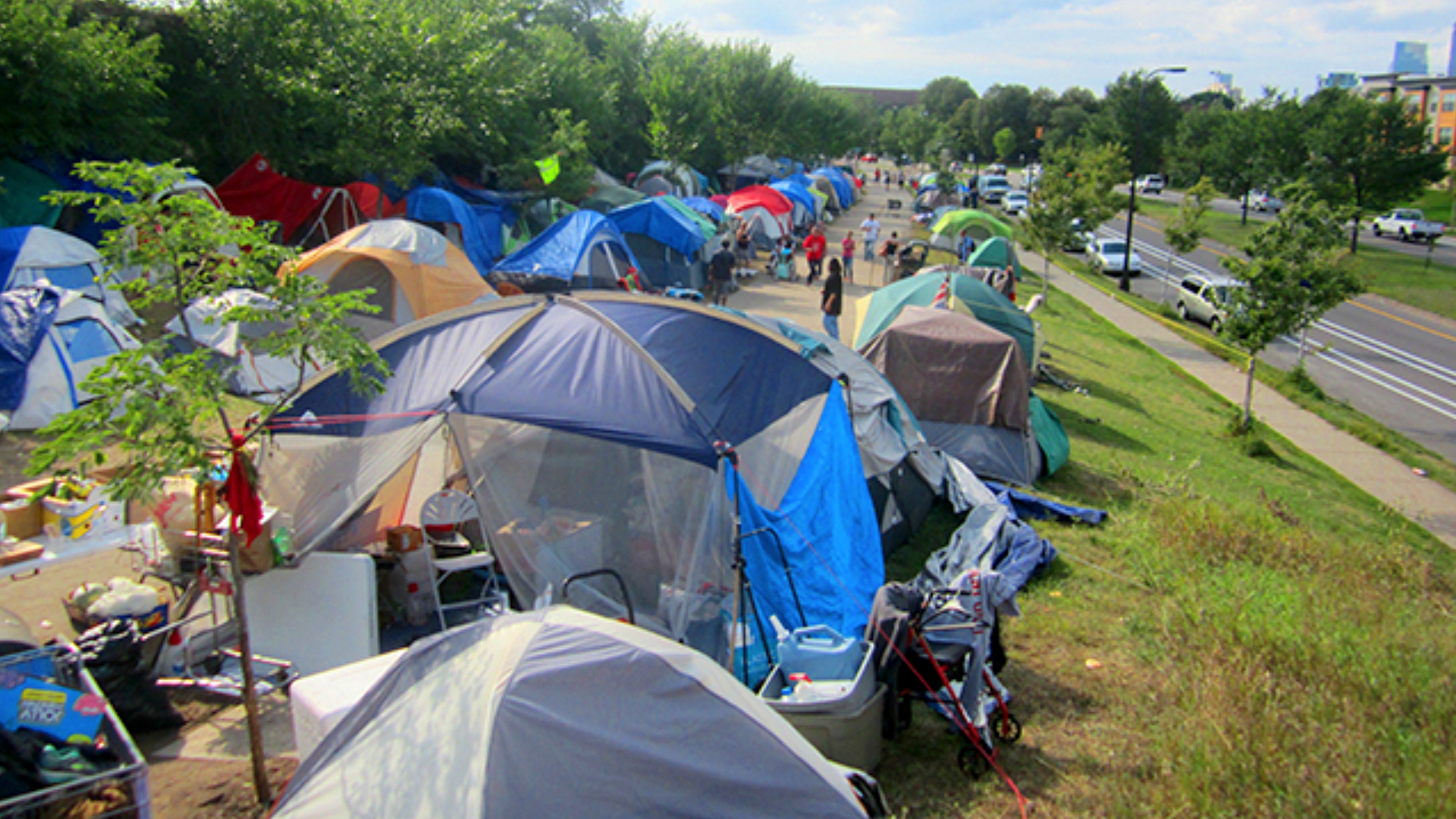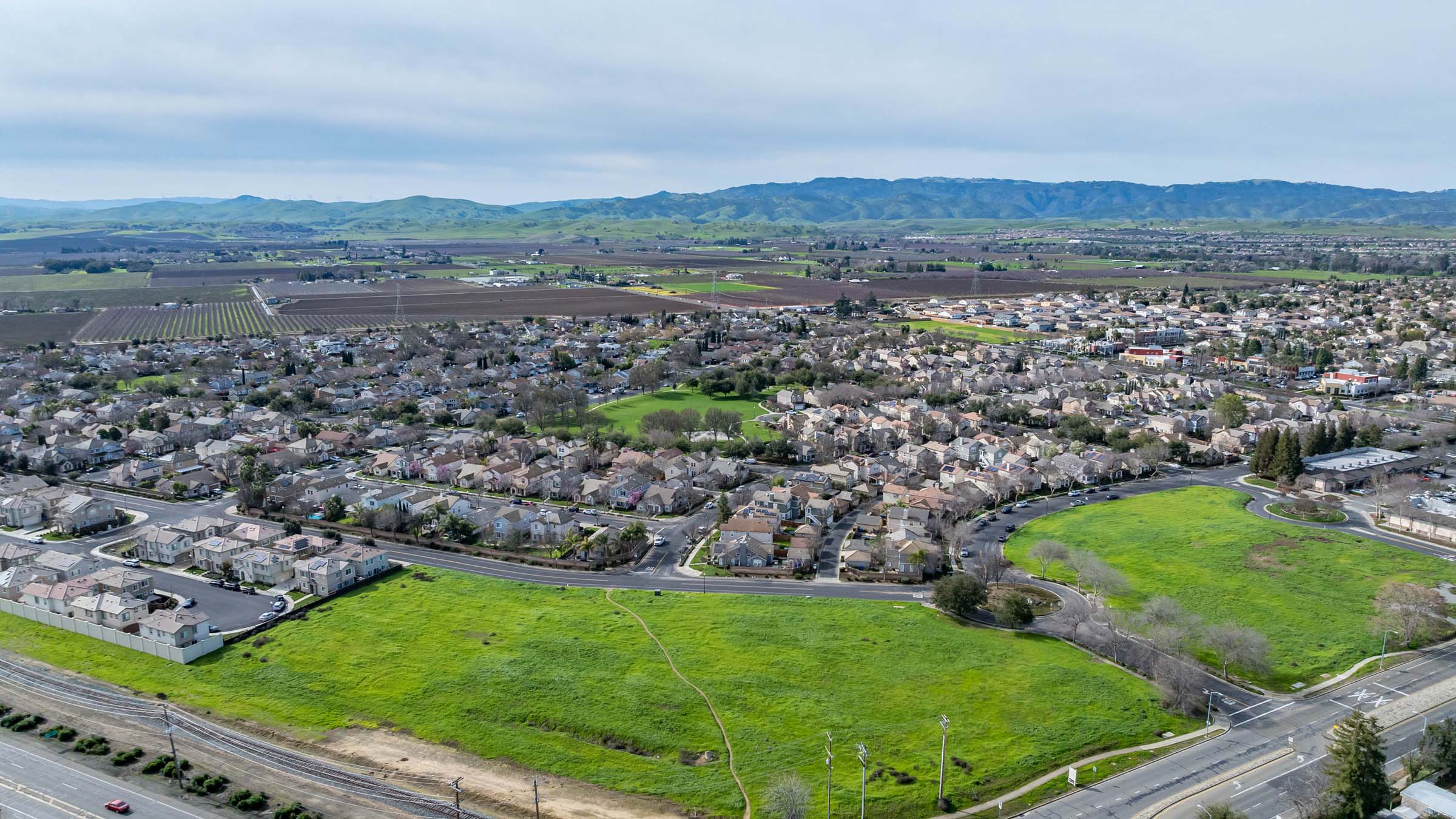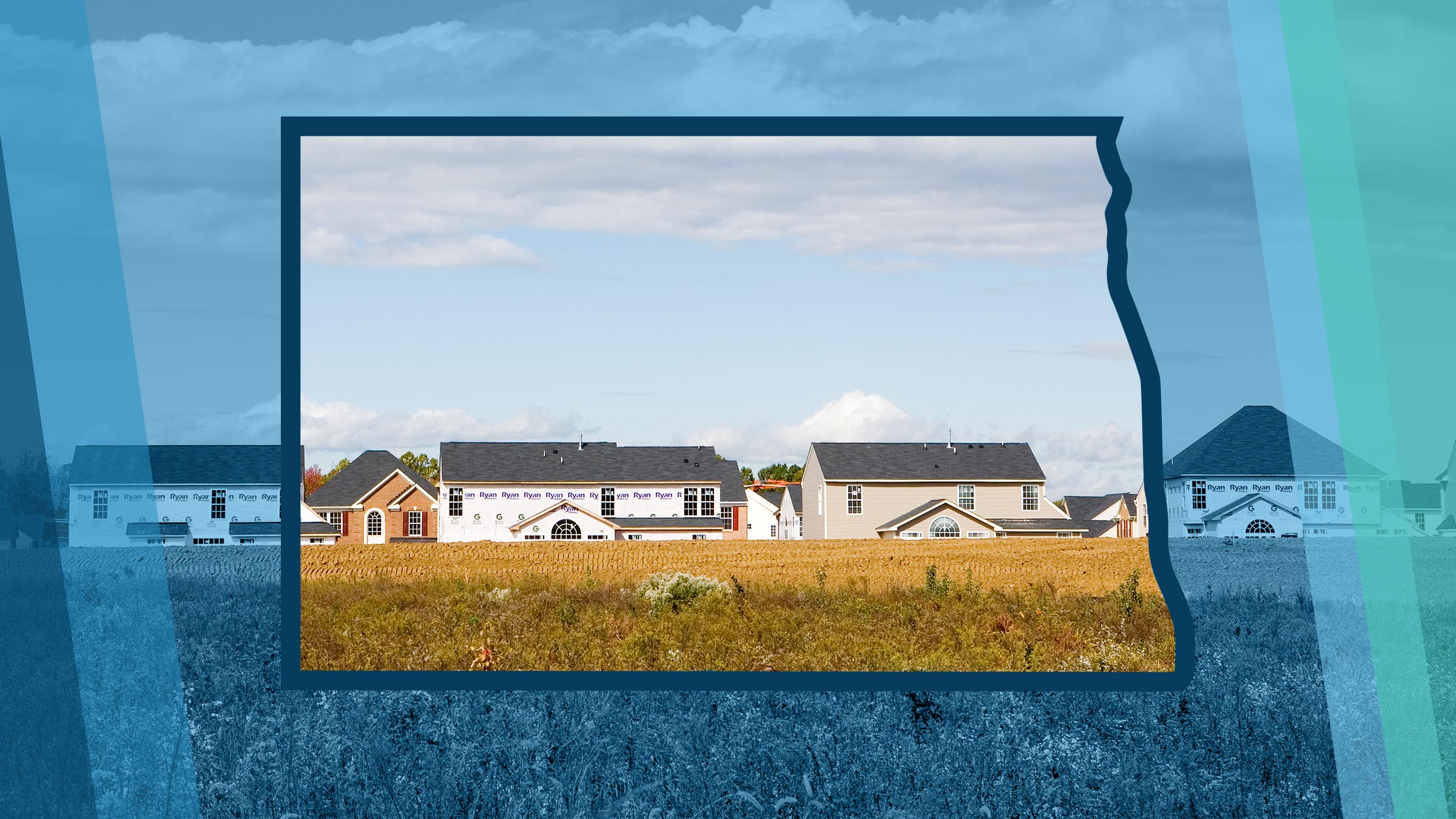 MinnPost photo by Jim Walsh
MinnPost photo by Jim WalshThe “Wall of Forgotten Natives” has been making headlines in the Twin Cities. As many as 300 homeless people have formed an encampment of nylon tents lining the freeway in the Franklin-Hiawatha neighborhood in Minneapolis—the largest homeless camp in Minnesota’s history.
While the camp sheds light on the dire need for both affordable and supportive housing in the Twin Cities, it highlights a lesser known reality: American Indians in Minnesota face a disproportionate risk of being homeless. While slightly more than 1% of the state population, American Indians represent 8% of homeless adults in Minnesota.1
Why?
The Twin Cities have long been a meeting ground for American Indians from the Great Lakes and Great Plains, first for commerce and trading, and eventually for education and employment. As families and relatives came together, a community developed to share resources and provide support. Neighborhoods such as Phillips and Franklin Avenue in Minneapolis still are the heart of the American Indian community in the Twin Cities.
Homelessness among American Indians is a persistent problem in Indian Country, both on the reservations and in the cities. Often disguised as an overcrowding problem—intergenerational cohabitation and “doubling-up” with family or friends—the real issues are a combination of low personal incomes and barriers to the supply of affordable housing units in most Native communities. Even more, the lack of affordable housing options for low- and moderate-income families can lead to housing instability. In the United States, 16 percent of Natives living in tribal areas experience overcrowding, compared to just 2 percent of all households.2
Many Native communities are working to combat homelessness with innovative programs and supportive services. Many urban Native communities maintain strong ties to tribal culture and tradition, so there may be insights to be gained to help urban Indians who have migrated from those reservations.
For example, on the Pine Ridge Reservation in South Dakota, the Oglala Sioux Tribe’s Veterans Shelter provides temporary housing and assistance for up to 13 homeless veterans. The shelter’s goal is to help increase veterans’ self-determination by increasing skills, income, and celebrating Lakota traditions, things that have been cited as important by groups trying to combat Native homelessness in urban Minnesota. At the Kateri Residence in Minneapolis, Native women in transitional housing begin their day by burning sage and other Indian customs.
In downtown Duluth, the American Indian Community Housing Organization operates Gimaajii Mino-Bimaadiziyaan, a supportive housing project for long-term homeless families or individuals that caters to the cultural as well as housing needs of its residents. The Ho-Chunk Nation of Wisconsin built its own $1.5 million supportive housing project targeting homeless tribal vets in 2015. The supportive services include health care and mental health counseling and financial and life skills training.
Urban solutions to homelessness should be considered in response to the crisis. In recent years, a new orientation on how to deal with homelessness has emerged, making the traditional homeless shelter just the first step in a program to progress toward independence. Programs like the Dorothy Day Place in St. Paul operate several shelters, such as the Higher Grounds residences. And there are other opportunities as well. Working homeless people can live in pay-for-stay units in which they are charged a nominal sum per night, which is then rebated to them on departure to help them pay for their own rentals. And, there are permanent supportive housing units in bigger projects as well.
In Minneapolis, the Metropolitan Urban Indian Directors (MUID) are teaming up with community organizations to provide immediate services and plan for long-term housing. MUID runs the Franklin-Hiawatha Encampment website to coordinate volunteers and donations for those living at “The Wall.” The Minneapolis Star Tribune published an article highlighting the unusual coalition between city leaders and support service agencies.
One of the partners, Natives Against Heroin, provides 24/7 protection, distributes medical supplies to the residents, many of whom are substance abusers, and encourage treatment. The City of Minneapolis has installed additional security lighting and sanitation facilities.
The Wall of Forgotten Natives is a reminder of many things:
- Walls are disruptive structures that either keep people in or keep people out;
- American Indian families without homes face unique challenges in both urban and rural areas; and
- Their historic place in the formation of our state should not be forgotten.
It’s also a reminder that the opportunity to safe, secure affordable housing is a critical component to family health and wealth, and why the Federal Reserve Bank of Minneapolis’ Center for Indian Country Development has made housing and home ownership in Indian Country a priority.
Perhaps Indian Country housing programs can help Natives in urban areas such as Minneapolis. Perhaps Minneapolis can increase its availability of affordable housing and support services by partnering with the tribal communities with whom Minneapolis Natives still have family and cultural ties. Share your ideas with us or tweet us @FedIndianCenter.
Related content:
Tribal Leaders Handbook on Homeownership
Endnotes
1 http://mnhomeless.org/minnesota-homeless-study/homelessness-in-minnesota.php#1-3457-g
2 https://www.huduser.gov/portal/pdredge/pdr-edge-research-022117.html





